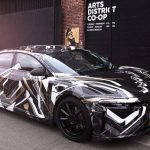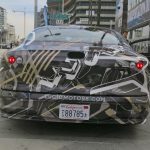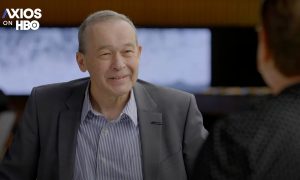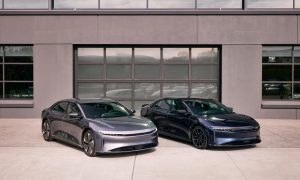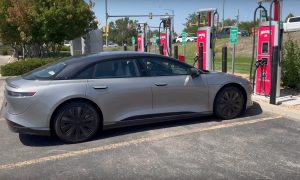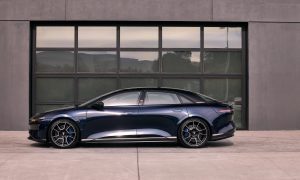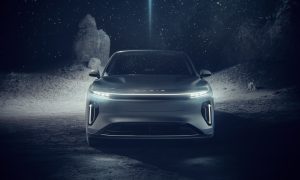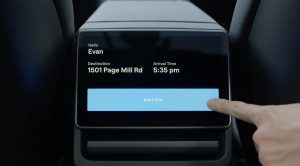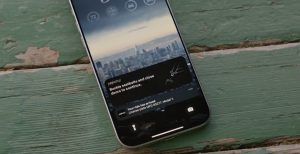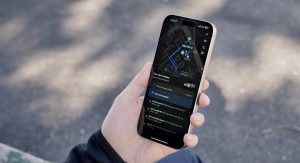News
Rising start up Lucid Motors with Tesla DNA lands Samsung SDI battery deal
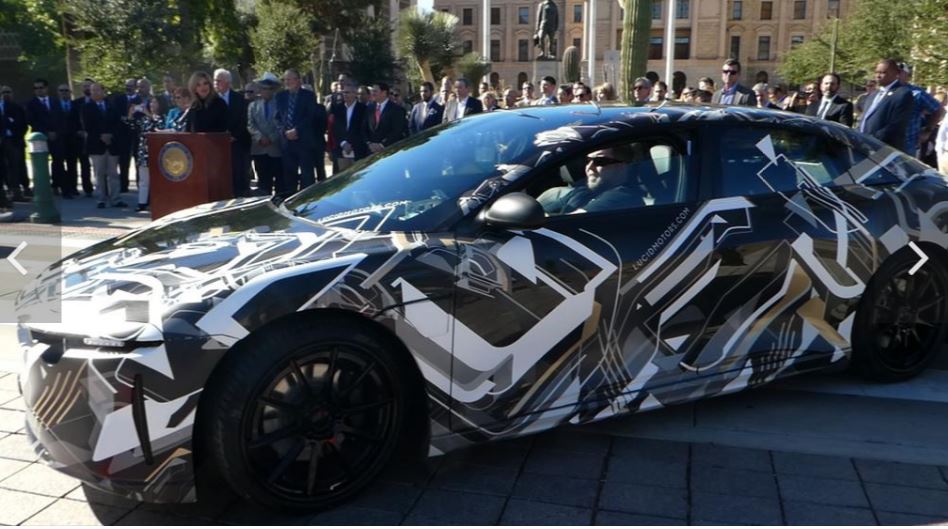
Rising Silicon Valley-based Tesla rival, Lucid Motors, has just landed a battery supply deal with Samsung SDI. But first a little context on who Lucid Motors is.
Until a few months ago, Lucid Motors was better known as Atieva – the company best known for videos showing a Mercedes cargo van named Edna outgunning a Tesla Model S and a Ferrari in a drag race, helped by a 1,000 horsepower electric drivetrain.
Lucid Motors prototype in Los Angeles. Credit: Lucid Motors
Earlier this year, Jia Yueting, the high flying billionaire from China who is behind electric car company LeEco in his home country and Faraday Future in the United States, purchased a controlling interest in Atieva. In October, the company changed its name to Lucid Motors.
Since then, news about the company has been coming thick and fast. Lucid brought a lightly disguised four door sedan prototype to the Los Angeles Auto Show. The company says the car has a 1,000 horsepower fully electric powertrain and can go from 0-60 mph in 2.5 seconds. Lucid also claims the car will have a range of 400 miles, making it the long distance champion among electric cars currently available.
Shortly after the LA show, Lucid brought its prototype to Casa Grande, Arizona, a city southeast of Phoenix, to announce it would build a $700 million factory in the area. Arizona governor Doug Ducey was on hand to share the good news. Ducey and his administration were instrumental in getting the factory located in Arizona.
“It took a serious partnership of the state, county of Pinal, and city of Casa Grande to bring this deal together,” said Arizona Gov. Doug Ducey in an exclusive interview with the Phoenix Business Journal. “We made an extra effort to bring another major manufacturing facility to Arizona.”
This week, Lucid announced it has landed Samsung SDI as the company’s battery supply partner. The company says that they are collaborating on “next-generation cylindrical cells that are able to exceed current performance benchmarks in areas such as energy density, power, calendar life and safety.” The cells are also being designed to withstand frequent rapid charging, which typically degrades conventional lithium ion batteries.
Lucid’s CTO and former chief Tesla engineer adds, “The breakthrough battery life demonstrated by the new cell from Samsung SDI will be of tangible benefit to our customers, particularly companies with ride-sharing services operating around the clock,”

Lucid Motors prototype in Casa Grande, Arizona. Photo credit: Eric Jay Toll, Phoenix Business Journal.
Rawlinson went on to say that Lucid plans to begin manufacturing cars in 2018 and will begin raising funds to build its factory in early 2017.
Building a factory from scratch and getting a car into production in under two years seems like ambitious goals, especially if the money to do both has yet to be found. But the question remains, will this car ever see production? We might be forgiven for maintaining a “wait and see” attitude on that subject.
Elon Musk
Neuralink targets $500 million raise at $8.5 billion valuation: report
The news was initially reported by Bloomberg, which cited sources reportedly familiar with the matter.
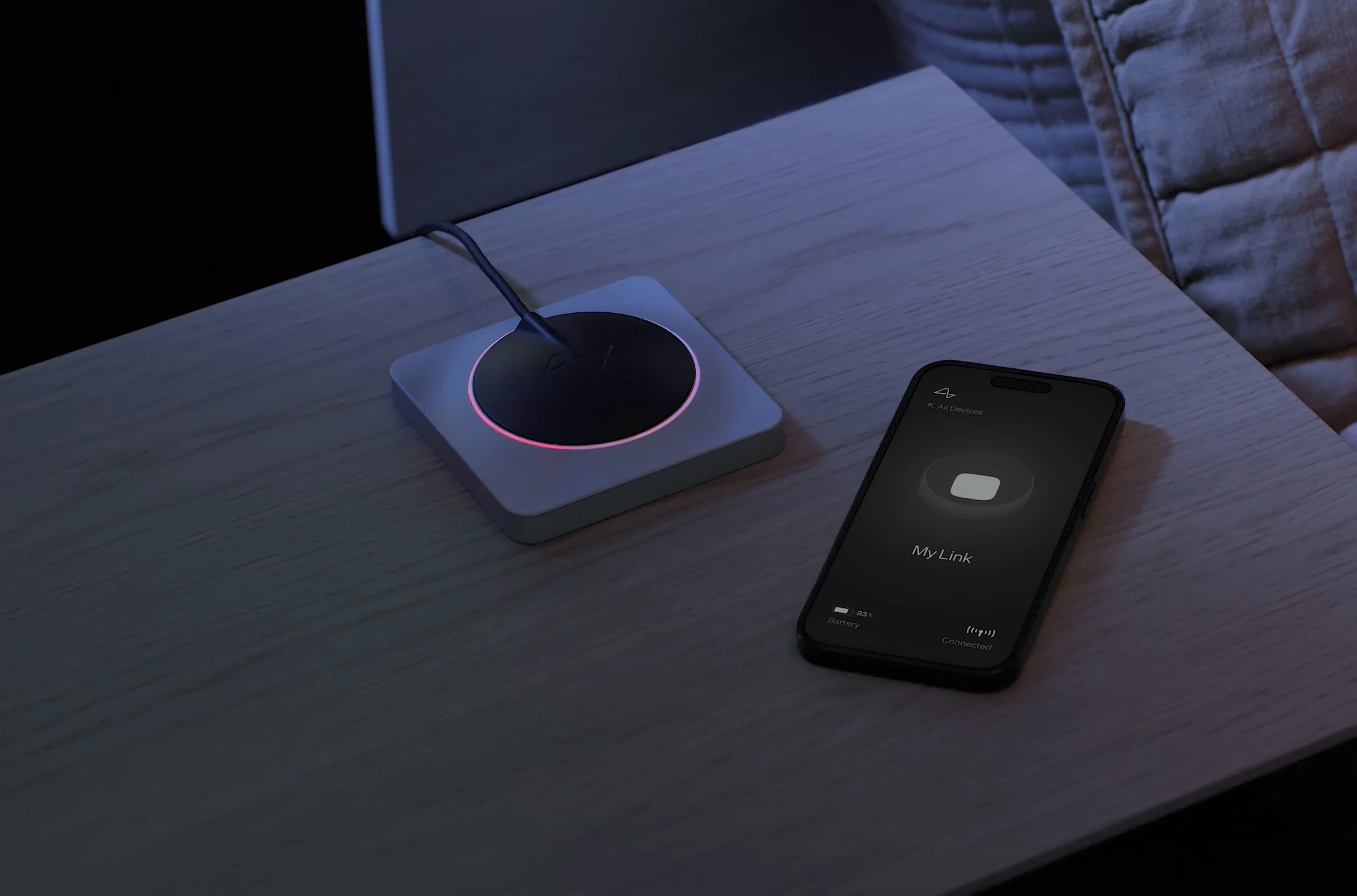
Elon Musk’s Neuralink is reportedly gearing up for a $500 million funding round at a $8.5 billion pre-money valuation.
The news was initially reported by Bloomberg, which cited sources reportedly familiar with the matter.
The Alleged Funding Round
Preliminary discussions for the raise, which could value Neuralink at $9 billion post-money, have reportedly started. Terms for the funding round remain fluid, however, as per alleged insiders who opted to remain anonymous due to the private nature of the potential deal.
Neuralink has not issued a comment about its alleged funding round. That being said, Neuralink is one of Elon Musk’s smaller ventures, with PitchBook valuing the brain-computer interface startup at $3.5 billion in November 2023.
Neuralink’s Ambitious Vision
Neuralink aims to create devices that enable users to interact with tech devices using only their brain. Neuralink is currently focusing on paralyzed individuals and neurodegenerative disease patients, though Musk has also hinted at Neuralink’s technology being used to address vision problems and other health issues.
Neuralink has made a lot of headway in its goals, with the startup recently announcing that it has expanded its human trial to three patients. All three are participants in the company’s ongoing primary study.
Musk’s Soaring Valuations
Neuralink’s potential capital raise aligns with skyrocketing valuations for Elon Musk’s other firms. While Tesla’s valuation remains volatile due to its publicly traded nature, his private space company, SpaceX, hit an impressive $350 billion valuation in December. His artificial intelligence startup, xAI, reached an $80 billion valuation following its merger with social media platform X.
Musk’s holdings in his companies have allowed him to top the Bloomberg Billionaires Index with a net worth of $310 billion as of writing.
Elon Musk
Tesla regains Piper Sandler’s confidence with Robotaxi plans & Q1 Results
Piper Sandler says Tesla delivered the best-case scenario for bulls. $TSLA has catalysts ahead to silence the bears.
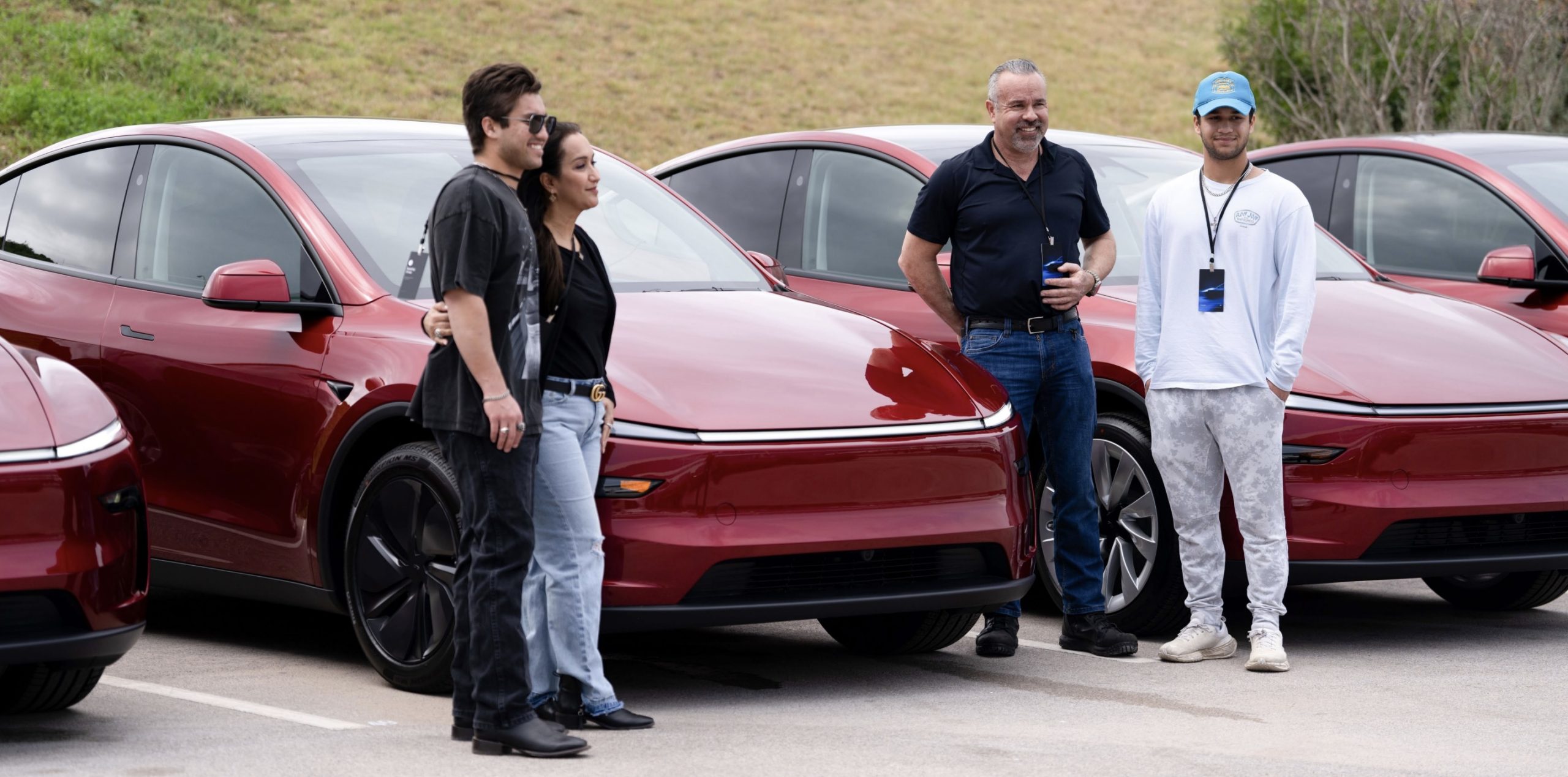
Tesla gained Piper Sandler analyst Alexander Potter’s confidence following its Q1 2025 earnings call. Piper Sandler reaffirmed its Overweight rating and $400 TSLA price target, signaling optimism for the company’s robotaxi and affordable vehicle launches expected this year. The firm’s stance reflects Tesla’s resilience amid market challenges.
Despite expectations of weak Q1 financials, Tesla’s stock edged up in after-hours trading, defying skepticism. Piper Sandler’s Alexander Potter noted that the results met the hopes of Tesla supporters, particularly as the company held firm on its timelines. Potter emphasized that anticipation for robotaxi details and new vehicle launches should keep critics at bay, supporting the $400 target.
“In our preview last week, we predicted that (at best) Q1 would be a non-event. With the stock trading up slightly in the after-hours session, it appears our best-case scenario has materialized. Considering generally weak Q1 financials, we think this is the best result that TSLA bulls could’ve reasonably hoped for.
“In our view, the most important Q1 takeaway is this: Tesla didn’t hedge expectations re: launching Robotaxis or lower-priced vehicles in 1H25. With <2 months until the end of June, investors can look forward to some interesting catalysts in the weeks ahead. In our view, this alone should be enough to keep the bears at bay, at least until we have a better idea re: the details of Tesla’s new products, as well as the scale/scope of the Robotaxi launch,” wrote Potter.
Wedbush Securities’ Dan Ives, a longtime TSLA bull, echoed Potter’s optimism for Tesla. Ives raised his price target for Tesla stock from $315 to $350 with a BUY rating. His Tesla upgrade came after Elon Musk’s announcement during the Q1 earnings call that he would reduce his involvement with DOGE, signaling a sharper focus on Tesla.
Tesla’s steady Q1 performance and unwavering commitment to its 2025 roadmap, including the Robotaxi launch and lower-priced models, bolster investor confidence. Piper Sandler’s analysis underscores Tesla’s ability to navigate a competitive electric vehicle market while advancing its technological edge. The upcoming Robotaxi launch and affordable vehicle introductions are pivotal, with analysts expecting these initiatives to drive stock value through 2025.
As Tesla prepares for these milestones, its stock movement reflects market trust in Musk’s vision. With Piper Sandler and Wedbush reaffirming bullish outlooks, Tesla’s strategic moves will remain under close scrutiny, positioning the company to capitalize on its innovation pipeline in a dynamic industry landscape.
Elon Musk
Tesla says it has launched ride-hailing Robotaxi teaser to employees only
Tesla is using Full Self-Driving (Supervised) to court employees around in two areas.
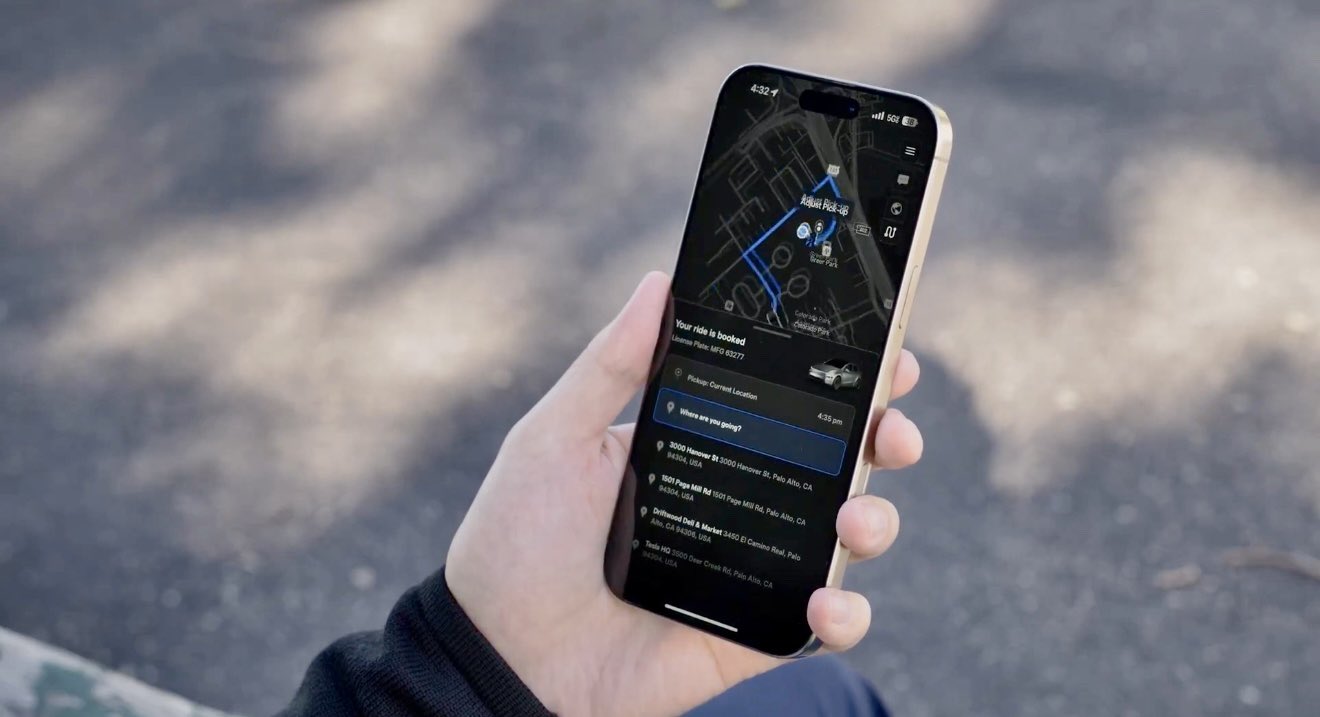
Tesla announced earlier today that it has already launched an abbreviated version of what will eventually be launched as its Robotaxi fleet in both Austin and the San Francisco Bay Area. It is available to employees, Tesla said.
The automaker did not specify exactly how long it has been operating the fleet, which uses the company’s Full Self-Driving (Supervised) suite, but it did indicate that it has completed over 1,500 trips, totaling 15,000 miles of driving.
FSD Supervised ride-hailing service is live for an early set of employees in Austin & San Francisco Bay Area.
We’ve completed over 1.5k trips & 15k miles of driving.
This service helps us develop & validate FSD networks, the mobile app, vehicle allocation, mission control &… pic.twitter.com/pYVfhi935W
— Tesla AI (@Tesla_AI) April 23, 2025
As seen in the video shared by the company, there is a human driver still responsible for keeping tabs on the car and its movements. It is not the version that Tesla plans to eventually roll out in June, which would be completely unsupervised.
Tesla said that using this service has helped develop and validate Full Self-Driving networks. It will also be used to create a mobile app that will facilitate ride requests, vehicle allocation, mission control, and remote assistance operations.
- Credit: Tesla
The app appears to be somewhat similar to the images Tesla shared of a mock-up version of the platform last year.
Right around this time in 2024, Tesla shared images of what would be the ride-hailing app for the company, enabling passengers to request a ride from a driverless robotaxi:
Tesla gives first look at Robotaxi-powered ride-hailing service app
We also know, according to Tesla App Updates on X, that Tesla will simply integrate this ride-hailing portion of the platform directly into the app the company already operates. There will be no dedicated app for requesting a ride:
🚨 Tesla will integrate Robotaxi ride-sharing directly into the app, there will be no specific and separate app for ride-hailing. https://t.co/bhq3aZcUcc pic.twitter.com/Rb8fFJdh2b
— TESLARATI (@Teslarati) April 23, 2025
The company said in 2024 when teasing the app:
“We have been investing in the hardware and software ecosystems necessary to achieve vehicle autonomy and a ride-hailing service. We believe a scalable and profitable autonomy business can be realized through a vision-only architecture with end-to-end neural networks, trained on billions of miles of real-world data.”
Tesla said it still remains on track to launch a pilot version of the Robotaxi program in Austin in June, something the company has reiterated several times since the start of the new year.
-
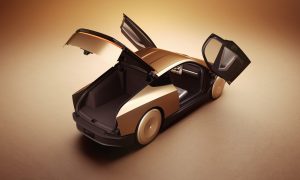
 Elon Musk6 days ago
Elon Musk6 days agoTesla doubles down on Robotaxi launch date, putting a big bet on its timeline
-
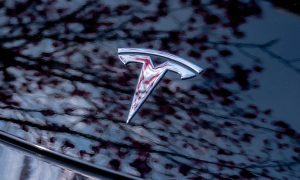
 News1 week ago
News1 week agoTesla’s top investor questions ahead of the Q1 2025 earnings call
-
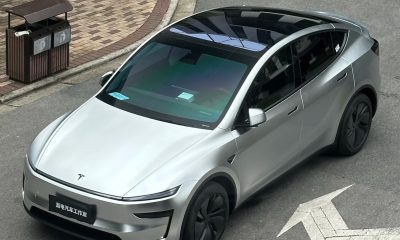
 Investor's Corner2 weeks ago
Investor's Corner2 weeks agoTesla bull sees company’s future clearly: Cathie Wood
-
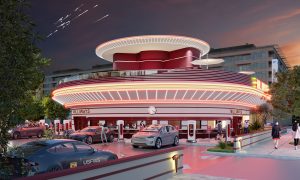
 News3 days ago
News3 days agoTesla’s Hollywood Diner is finally getting close to opening
-
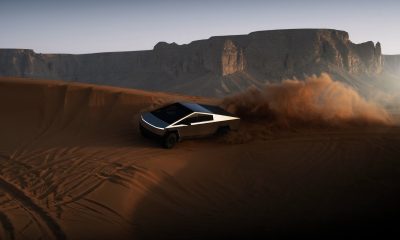
 Cybertruck2 weeks ago
Cybertruck2 weeks agoTesla confirms Cybertruck will make its way out of North America this year
-

 News2 weeks ago
News2 weeks agoTesla might benefit from Trump’s plans for Saudi Arabia
-

 News2 weeks ago
News2 weeks agoTesla China sales soar in March amid new Model Y domestic deliveries
-

 Elon Musk2 weeks ago
Elon Musk2 weeks agoTesla stock woes are ‘overblown’ considering long-term catalysts: analyst

